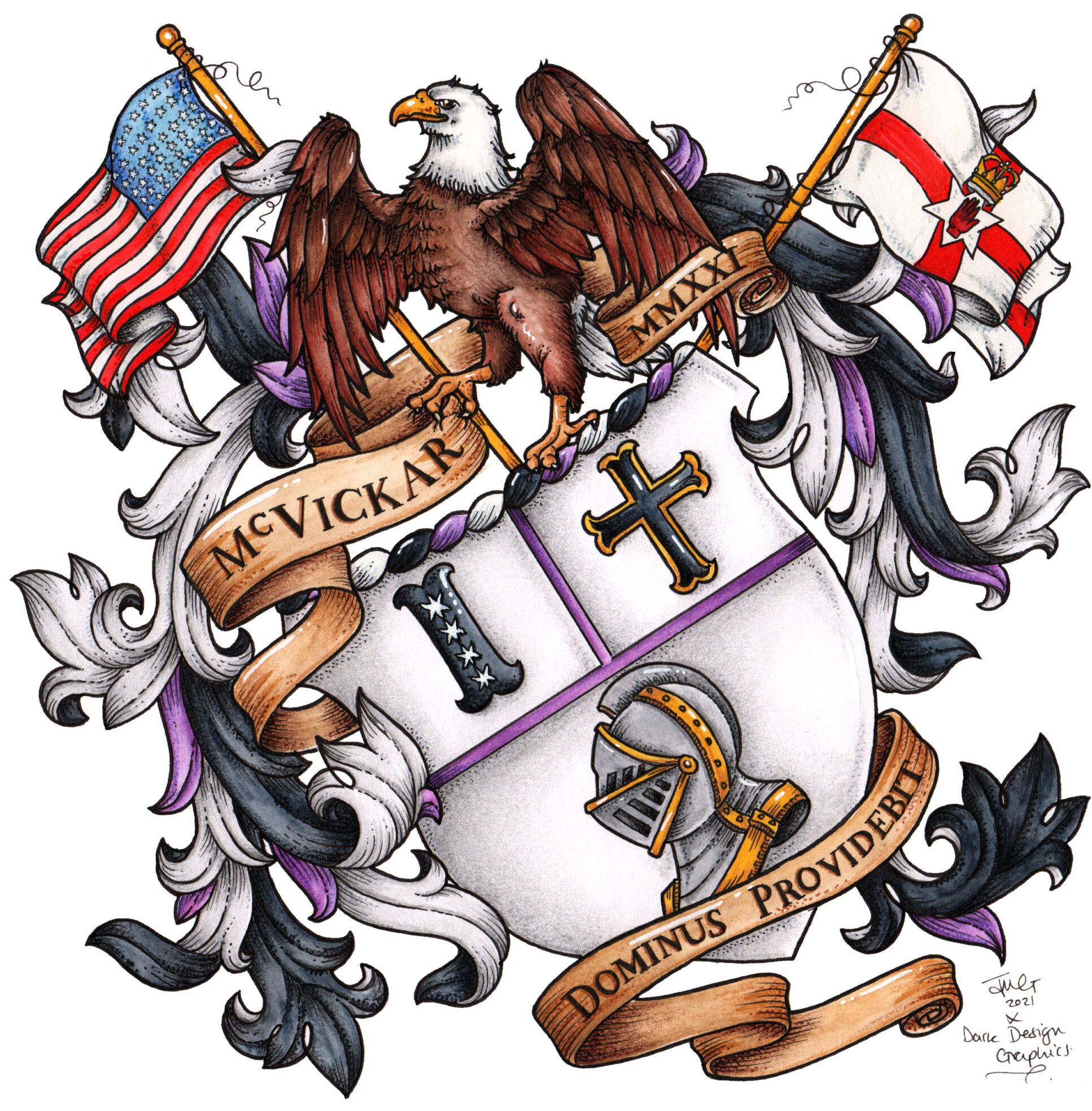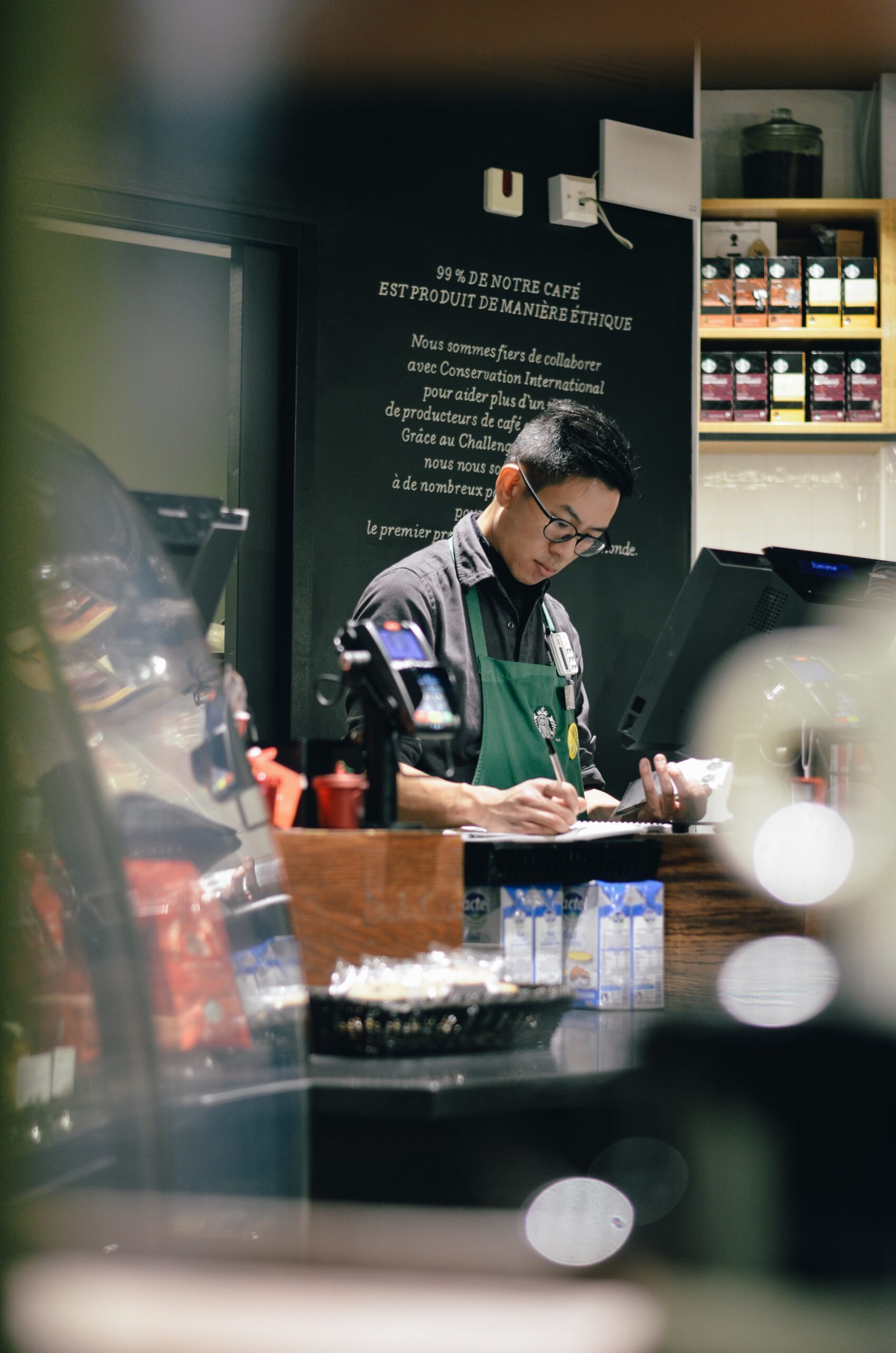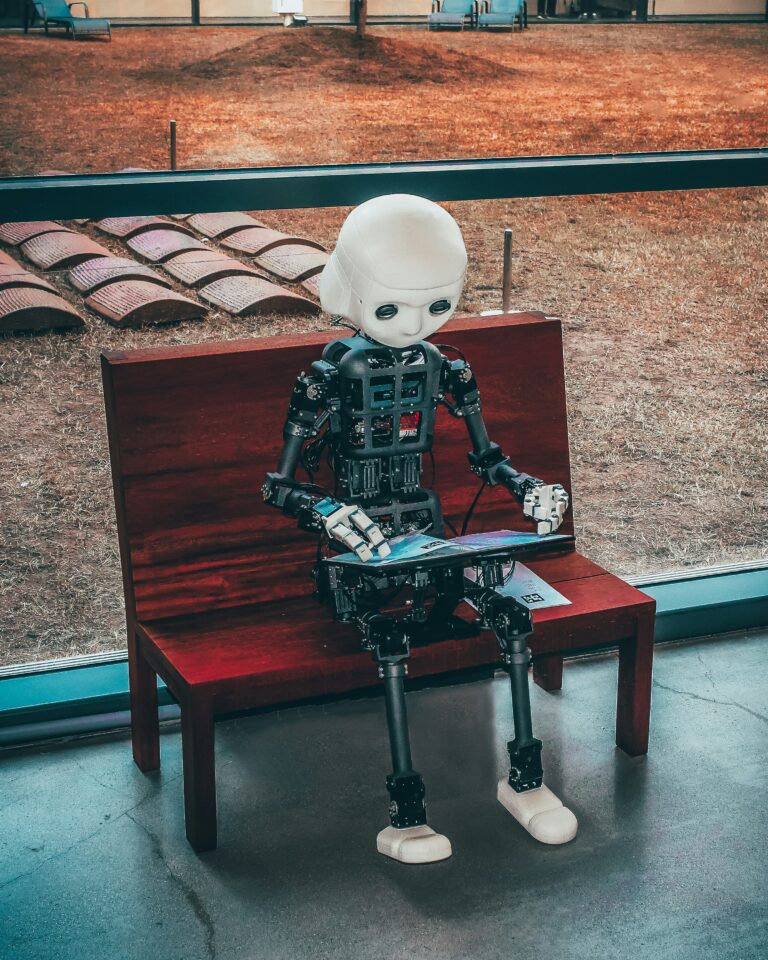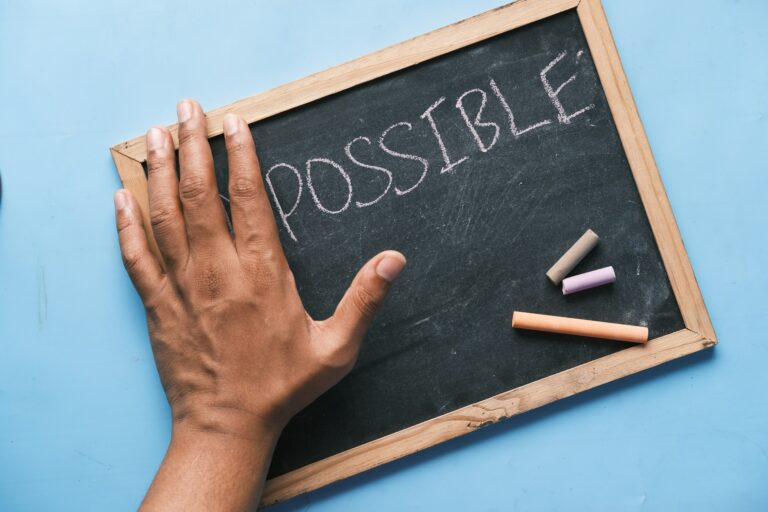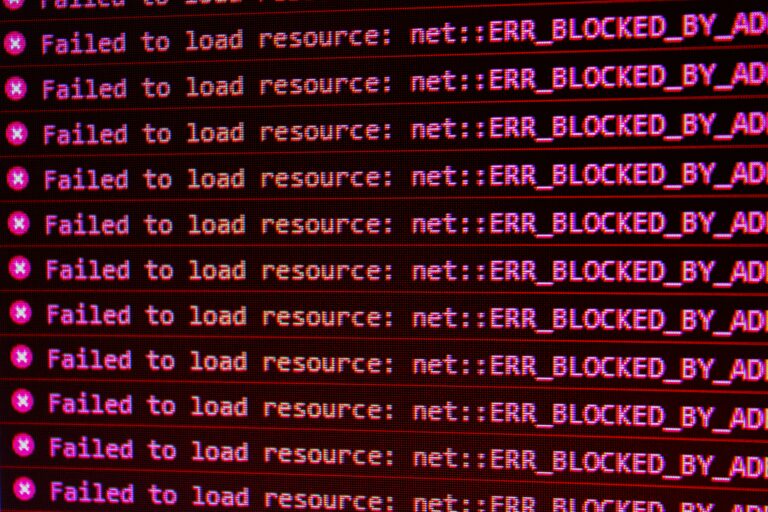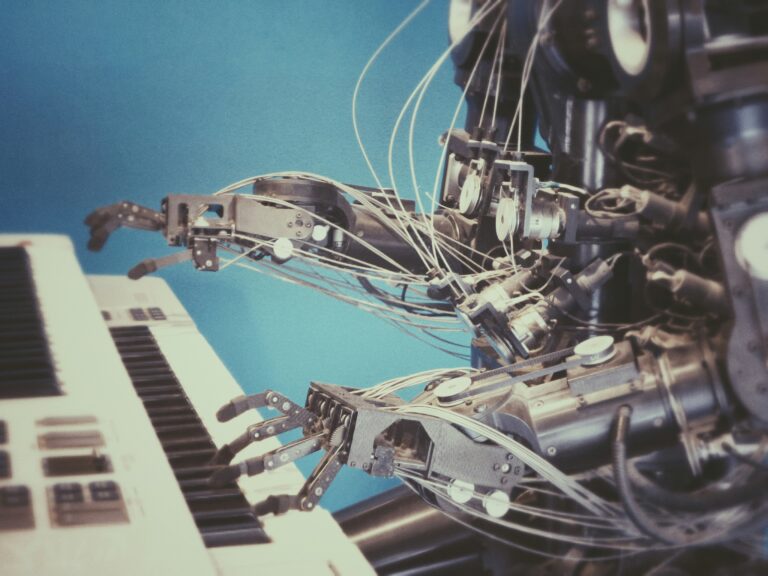Last week, I embarked on my first business trip since joining ePlus and was feeling a little rusty having not travelled for work in several months. The trip took me to San Ramon, CA, and as is often the case with early morning flights, I found myself in dire need of sustenance. My salvation? The Starbucks in Concourse C at STL.
My order was pretty standard – a breakfast burrito and an iced coffee. However, the line was anything but ordinary, snaking around with about 10-12 weary travelers, all trying to shake off their morning fog.
The Starbucks staff, to their credit, was working diligently to process orders. But amidst the hustle, a peculiar incident unfolded. The lady in front of me had her order called out, but she only received her drink, not her food. Without missing a beat, the barista moved on to the next order, offering no acknowledgment of the oversight. The puzzled customer explained that she had ordered a food item (though I couldn’t quite catch what it was), to which the barista replied that they didn’t serve that item at this location. The customer, understandably frustrated, asked for a refund, only to be told that they don’t offer refunds for online/app orders. Feeling cornered, she inquired about her options and was met with a suggestion to choose something else, like a biscuit.
As someone who’s had my fair share of challenges with mobile orders, especially during the early days of the pandemic when restaurants were adapting to new systems, I initially chalked this up to a bad customer experience. But upon reflection, I began to wonder: is this a system issue or a customer service issue? Shouldn’t Starbucks, as the creator of the application and process, be responsible for ensuring that all potential scenarios are well-considered, including common situations like unavailable stock and returns, to create a seamless customer experience?
My takeaway from this experience is that the responsibility for a smooth customer experience falls on both sides of the counter. While I don’t subscribe to the notion that the customer is always right simply because we say so, in this case, the customer is right if the Starbucks application allowed her to place an order. Nevertheless, the onus is also on the customer service or barista to recognize when an item is unavailable and proactively offer a suitable alternative, which, in this case, seemed well within their capacity.
Covid, for all its devastation, forced humanity to devise creative and alternative solutions to maintain convenience. Yet, whether hastily designed or meticulously planned, those who benefit from these creations should shoulder the responsibility of addressing missed use cases and process gaps.
In conclusion, the question remains: is it the service or system that bears the blame for such customer experience hiccups?
#customerservice #systemlimitations #starbucks
Photo credit – https://unsplash.com/photos/wIBhj3G3hPA?utm_source=unsplash&utm_medium=referral&utm_content=creditShareLink
